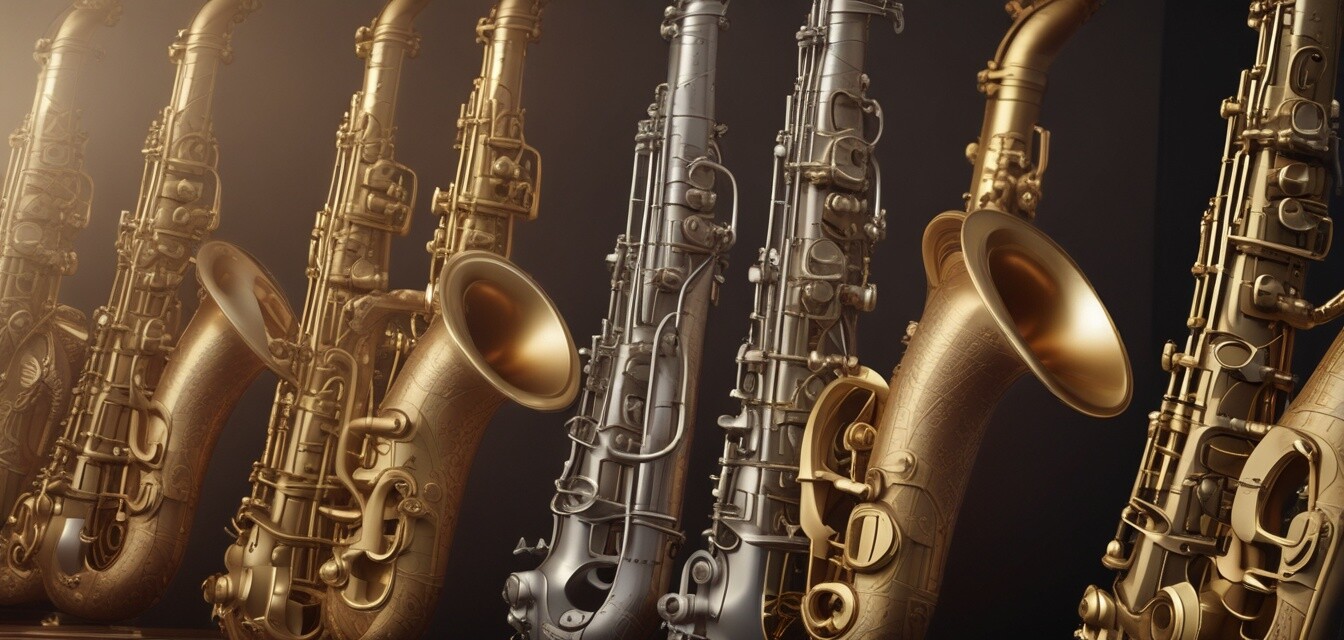
The Ultimate Comparison of Tenor Saxophones: Which One is Right for You?
Key Takeaways
- Understanding your playing style is crucial in selecting the right tenor saxophone.
- Prices vary based on features, brand, and quality—determine your budget before shopping.
- Consider ergonomics and weight for comfort during long playing sessions.
- Research materials used in construction, which can affect tone and durability.
- Read reviews and comparisons to find the best match for your needs.
Choosing the right tenor saxophone can feel overwhelming with the myriad of options available in 2025. Each model offers distinctive features that cater to different playing styles and budgets. In this article, we will provide a comprehensive comparison of various tenor saxophones available today, helping you determine which one fits your needs best.
Factors to Consider When Buying a Tenor Saxophone
Before diving into specific models, it's important to understand what to look for when purchasing a tenor saxophone. Here are some essential factors:
- Playing Style: Identify whether you play jazz, classical, or contemporary music to choose the appropriate model.
- Material: Common materials include brass, which is standard, or more specialized materials for advanced players.
- Budget: Set a clear price range before investigating options.
- Size and Weight: Lighter instruments are often easier to manage for beginners.
- Brand Reputation: Research and reviews can guide you toward reliable brands.
Popular Tenor Saxophone Models of 2025
Below is a comparison table of some popular tenor saxophone models available in 2025. This table highlights key features and specifications.
| Model | Body Material | Weight | Price Range | Best For |
|---|---|---|---|---|
| Model A | Brass | 6.5 lbs | $1,200 - $1,500 | Intermediate players |
| Model B | Brass with lacquer | 7.0 lbs | $800 - $1,200 | Beginners |
| Model C | Bronze | 6.0 lbs | $1,800 - $2,200 | Professional players |
| Model D | Brass with silver plating | 6.8 lbs | $1,000 - $1,300 | Jazz musicians |
| Model E | Brass | 7.2 lbs | $900 - $1,100 | Beginner to Intermediate |
Pros and Cons of Different Tenor Saxophones
Pros
- A variety of price ranges to suit different budgets.
- Rich tonal qualities depending on the material.
- Lightweight models available for ease of play.
- Well-designed ergonomics for better handling.
- Highly regarded brands ensuring quality craftsmanship.
Cons
- Higher-end models may be cost-prohibitive for some.
- More options can lead to decision fatigue.
- Weight varies between models, which may affect comfort.
- Specific care and maintenance required for intricate models.
Essential Accessories for Your Tenor Saxophone
Along with choosing the right tenor saxophone, having the right accessories is also important to enhance your playing experience. Here are some essential accessories:
- Mouthpiece: A good quality mouthpiece can greatly affect your sound.
- Reeds: Experiment with different strength of reeds until you find what works best.
- Cleaning Kit: Regular maintenance will extend the life of your instrument.
- Case: A sturdy case not only protects your saxophone but also makes it easier to carry.
- Stand: Keeping your saxophone on a stand can prevent accidental damage.
Buying From Reliable Sources
When you're ready to purchase your tenor saxophone, ensure you buy from reputable retailers. You can explore various options on our saxophones page or visit our cases & stands section for protecting your investment. Additionally, purchasing from authorized dealers can often provide warranty coverage.
Conclusion
The selection of the right tenor saxophone boils down to understanding your needs, preferences, and budget. By comparing various models available in 2025 and considering the factors outlined above, you can make an informed decision that suits your playing style and musical goals. Happy playing!